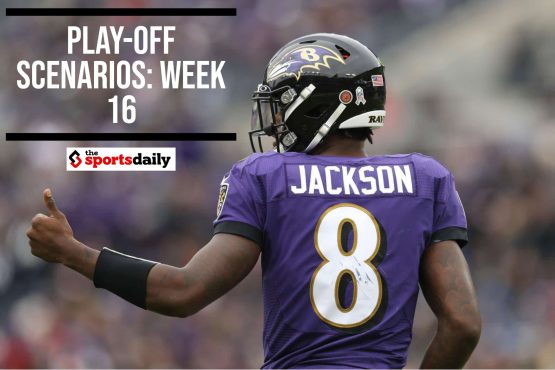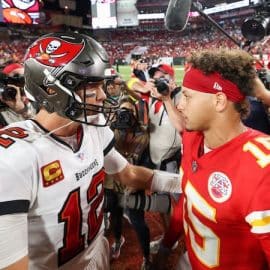By Scott Crabtree

Depending on which stretch of games this season you analyze, Riley Cooper either looks like Calvin Johnson or a future arena leaguer. At the start of the season Cooper was horribly unproductive, and the media was claiming that the ineffectiveness of the Eagles offense was due, in large part, to the lack of a second option across from DeSean Jackson. Given his off-the-field controversy and lack of early production, it seemed certain that this would be Cooper’s last season with the Eagles. However, since Nick Foles took over, with the notable exception of the first game against the Giants, Cooper has been a different player. He frequently finds himself behind defensive backs forty yards downfield and catching touchdowns at an extremely high rate. Let’s break down the stats.
In five games with Vick at quarterback, Cooper has caught exactly two passes in each game and averaged 21.2 yards per game, being targeted 4.6 times per contest. In six games with Foles at quarterback, Cooper is averaging 81 yards per game on 3.5 receptions per game. He is only being targeted only .7 more times per game with Foles at quarterback than with Vick. According to Football Outsiders DVOA metric, the average defensive rank against the pass faced by Foles was 20.2, and 17.8 by Vick (all data through Week 11). The difference is average defensive rank is small enough where it wouldn’t have a serious impact on Riley Cooper’s production. Extrapolating the last five games that Cooper has played with Foles yields a season with 1,296 yards and 19 TDs, which would rank as the third most receiving TDs in a season. That is a ridiculous stat line, and not indicative of what Cooper’s true skill level is.
Here are the stats for the two side by side:
In order to get a better feel for a high variance player, a moving average chart can be used to mitigate the game-to-game variability for players. The moving average takes into account past performance to improve our understanding of overall success. This will help us predict where Riley will land when he comes back to earth because there is no way that he can sustain this level of success.
The moving average line has approximately leveled off in the past three weeks. Cooper’s average yards per game have settled at 54, which is probably a very accurate portrayal of the player that he is. Let’s hope that he can develop into a more consistent second option opposite DeSean Jackson within the Eagles offense. He will have a real test in the Eagles’ next game against the number-one overall ranked Cardinals defense.
You can follow Scott Crabtree on Twitter @TheScootCrab
Add The Sports Daily to your Google News Feed!








